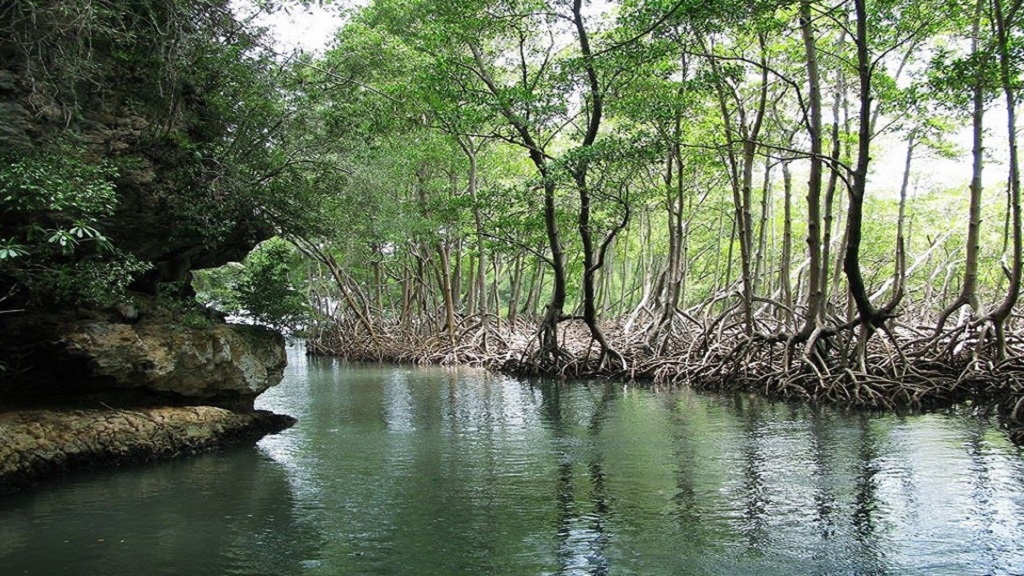In the language of the Taíno Indians, the primitive settlers of the island, the word Haitian meant high or mountainous land. This is probably the meaning of this succession of mounds, small hills or mogotes, which many compare to an egg container or carton. These mounds extend from the southern Valle del Cibao Oriental to Sabana de la Mar, along the entire southern coast of the Bahía de Samaná, and have an average height of between 30 and 40 meters.

Its 740 square kilometers are essential in the generation of water for most of the cities in the region. The entire park is a peculiar and curious formation of karst rock, of coral origin, emerged from the sea millions of years ago.
Neque porro quisquam est, qui dolorem ipsum quia dolor sit amet, consectetur, adipisci velit, sed quia non.
– James Nolas
The fauna of Los Haitises is very rich and varied due to the great diversity of its environments. Mammals are basically represented by three species threatened with extinction: the Manatee, a herbivore that lives at the mouth of the rivers, the Jutía and the Solenodon, small insectivorous mammals, both endemic species in the Dominican Republic. Among the reptiles it is worth noting the presence of Boas, and several species of Sea Turtles. Because it is a coastal-marine park, birds are the most numerous group, containing 110 species of the 270 that the country has, most of them endemic to the area. Pelicans, Earwigs, Parrots, Barn Owls, the Barn Owl … abundantly populate its numerous cays, with Los Pájaros being the best known of them all.
Los Haitises National Park contains very impressive landscape elements such as the Bay of San Lorenzo, the largest mangrove population in the country and the different cays. On the islets there are some very interesting caves, some with pictographs and petroglyphs of the natives of the island. The most famous is, without a doubt, that of San Gabriel, where a drop of water sculpted a stalagmite with a figure that looks like a statue of the Archangel. This cave was inhabited until the end of the 70s and was a refuge for fishermen. Today it is usually occupied by television crews from various countries where the famous survival programs shoot and it is not always possible to visit. The caves of La Arena and La Línea are also accessible to the public.
The excursions are made from the city of Samaná and from Sánchez. Both require approximately 45 minutes of navigation to cross the bay.
